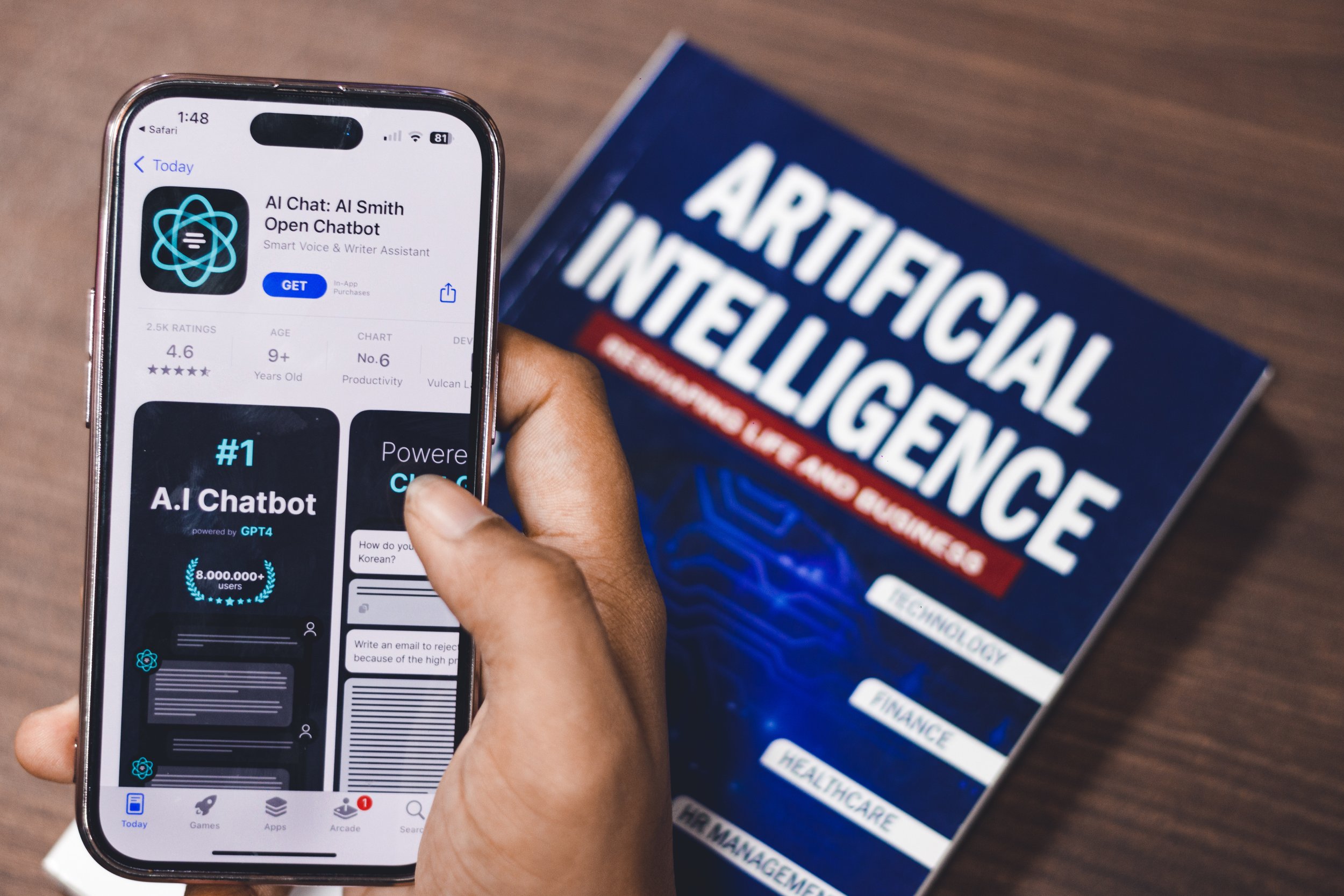Exploring the Hidden Costs of AI in Application Development
Integrating artificial intelligence (AI) into application development promises to boost productivity, automate tasks, and deliver personalized experiences. However, beneath the surface of this AI-driven revolution lie hidden costs and complexities that organizations and developers must navigate.
Why the Rush for AI in Application Development?
Introducing AI into application development offers several compelling advantages. It streamlines tasks, accelerates growth, and reduces errors, allowing developers to focus on creativity. Pre-built AI models and libraries facilitate rapid development and deployment, giving businesses a competitive edge. Furthermore, AI enhances user experiences, boosting satisfaction and loyalty. AI-powered applications can also set companies apart in the competitive market.
The Hidden Costs of Overreliance on AI Despite its benefits, overreliance on AI presents hidden costs and challenges. The initial investment in AI hardware, software, and expertise can be substantial, leading to ongoing maintenance and financial burdens. Addressing skill gaps and striking the right balance between AI and human creativity is crucial. Integrating AI into existing systems can disrupt operations and require scalability planning. Mitigating legal and security risks, along with cybersecurity measures, is essential.
Steps to Successful AI Integration To successfully integrate AI in application development, organizations should:
Evaluate AI Need: Assess whether AI offers significant value and addresses specific challenges within the application. Avoid adopting AI solely due to trends.
Promote In-house AI Culture: Develop in-house AI capabilities by training development teams in AI technologies, fostering an AI innovation culture, and nurturing AI talent.
Ensure Diversity and Ethical AI: Pay attention to diversity and ethics in AI development, including training AI systems on diverse datasets and implementing ethical guidelines.
Continuous Monitoring and Adaptation: Monitor AI performance, quality, and security, adapting as needed.
AI Successes and Failures AI integration has led to notable successes, such as Netflix's personalized content recommendations and DeepMind's patient deterioration predictions in healthcare. Tesla's Autopilot system is a groundbreaking example in the automotive industry. However, there have been failures, such as Microsoft's Tay chatbot, Amazon's biased recruiting tool, and safety issues with Uber's self-driving cars.
The Future of AI in Application Development The future of AI in application development includes trends like enhanced natural language processing, AI-driven automation, and the fusion of AI with IoT and edge computing. Developers will focus on integrating AI capabilities, while decision-makers will prioritize ethical AI practices and data privacy.
The AI revolution in application development holds great promise but also poses challenges. Organizations can harness AI's transformative potential by understanding and addressing hidden costs, skill gaps, and ethical considerations. Embracing responsible and innovative AI integration is critical to staying competitive in this rapidly evolving landscape.

